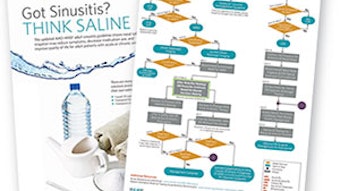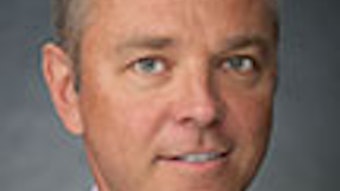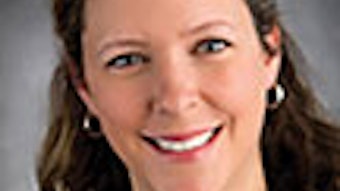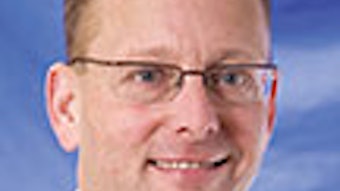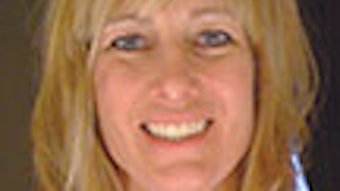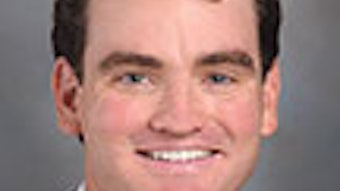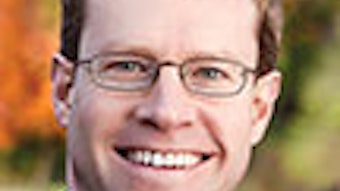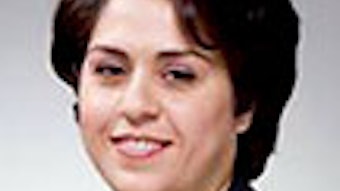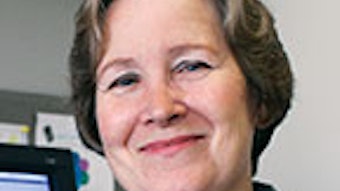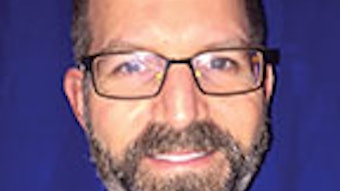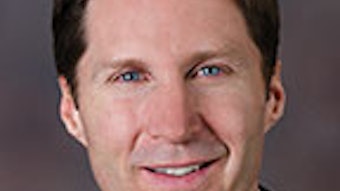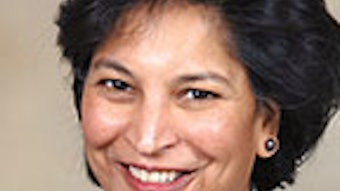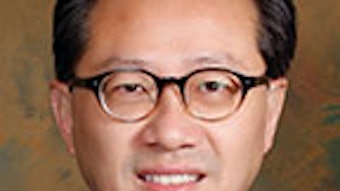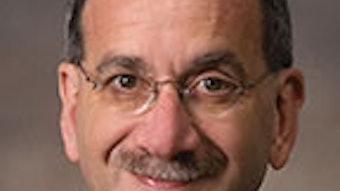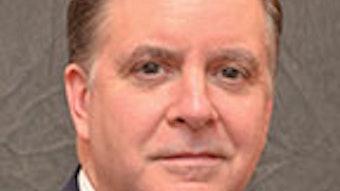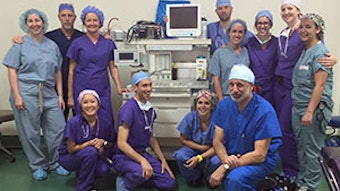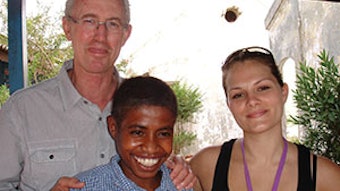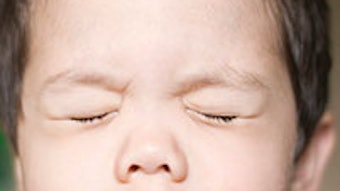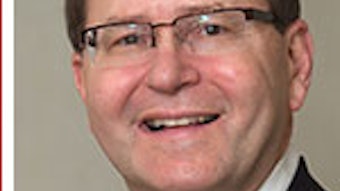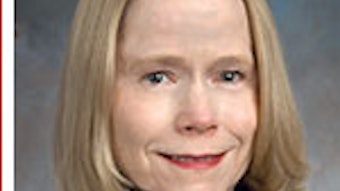Academy advocates to maintain coverage of balloons
As Members know, the Academy supports the use of a balloon as a tool in a standard approach to sinus ostial dilation along with other indicated endoscopic sinus surgery.
As Members know, the Academy supports the use of a balloon as a tool in a standard approach to sinus ostial dilation along with other indicated endoscopic sinus surgery. Over the last few years, the Academy’s Health Policy team, with support from the Physician Payment Policy Workgroup (3P) and the Rhinology Paranasal Sinus Committee, has continuously advocated to change payer policies that exclude coverage of balloon sinus ostial dilation. In more recent months, efforts have focused on safeguarding coverage of one of the largest payers in the country.
In July, United Healthcare reached out to the Academy requesting input for its draft balloon sinus ostial dilation medical policy, a policy proposing to revert to non-coverage. Realizing the urgency and potential for our physicians that was inherent in the request, the Academy’s Rhinology Paranasal Sinus Committee and Physician Payment Policy workgroup quickly reviewed the draft policy to provide United Healthcare comments by the August deadline.
Following submission of our comments, the Academy hosted a conference call between UHC and Academy leaders, including experts in rhinology, to discuss the proposed policy in greater detail. During the discussion, emphasis was placed on the number of recent studies demonstrating the efficacy of balloon sinus ostial dilation, populations of patients for whom the procedure may be particularly beneficial, and other appropriate criteria for UHC’s consideration.
We are pleased to share the resulting determination that UHC has decided to continue coverage for chronic rhinosinusitis in specific adult patients. Our leaders were instrumental in ensuring that the use of a balloon is an appropriate, acceptable therapeutic option for select patients with certain forms of sinusitis. The new policy is effective as of April 1, 2015, and would not have been possible without a respectful, collegial relationship with UHC.
The Health Policy team will continue to advocate on this issue for the benefit of members and patients. If you are experiencing denials of this nature, please consider utilizing the Academy’s template appeal letter and advocacy statement for balloon ostial dilation. These member benefit resources can be found on the Practice Management Template Appeal Letters and Advocacy Statements page http://www.entnet.org/content/template-appeal-letters-and-advocacy-statements.

